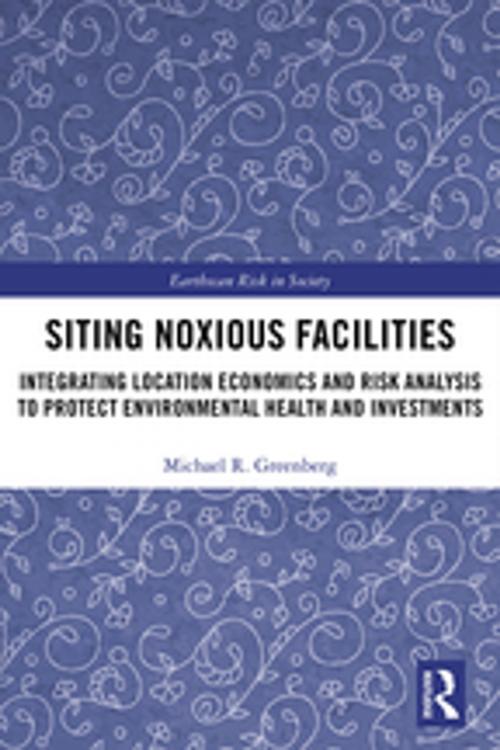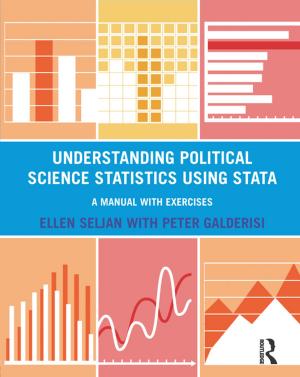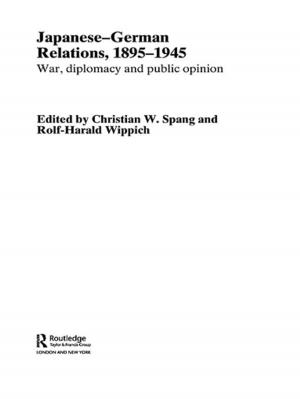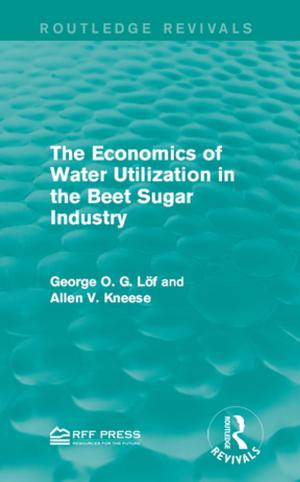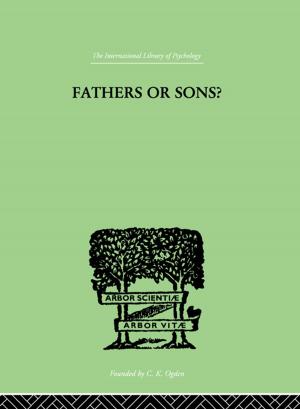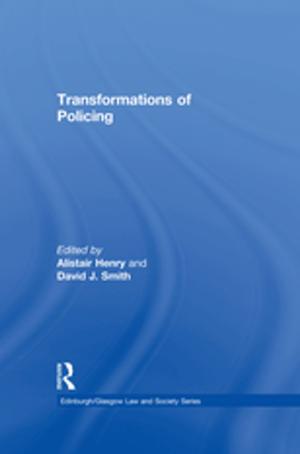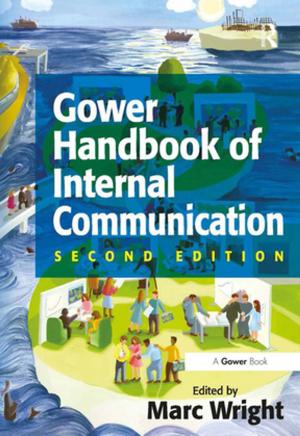Siting Noxious Facilities
Integrating Location Economics and Risk Analysis to Protect Environmental Health and Investments
Nonfiction, Science & Nature, Technology, Engineering, Environmental| Author: | Michael R Greenberg | ISBN: | 9781351596886 |
| Publisher: | Taylor and Francis | Publication: | May 20, 2018 |
| Imprint: | Routledge | Language: | English |
| Author: | Michael R Greenberg |
| ISBN: | 9781351596886 |
| Publisher: | Taylor and Francis |
| Publication: | May 20, 2018 |
| Imprint: | Routledge |
| Language: | English |
Siting Noxious Facilities explains and illustrates processes and criteria used to site noxious manufacturing and waste management facilities. It proposes a framework that integrates economic location analysis and risk analysis, emphasizing the reduction of uncertainty.
This book begins by defining noxious facilities and considers the important role of manufacturing in the world economy, before going on to describe the historical practices used in locating these facilities for much of the twentieth century. It then shifts focus to analyze the complex set of considerations in the twenty-first century that mean that any facility that produces annoying smells and sounds, is unsightly and emits hazardous substances has had the bar of acceptability markedly raised for economic, environmental, social and political acceptability.
Drawing on case study examples that highlight pollution prevention, choosing locations at major plants (CLAMP), negotiations, and surrendering control of an activity, Greenberg presents a hybrid framework that advocates the amalgamation of industrial location processes with human health and environmental-oriented risk analysis.
This book will be of great interest to students and scholars of location economics, environmental science, risk analysis and land-use planning. It will also be of great relevance to decision-makers and their major advisers who must make choices about siting noxious facilities.
Siting Noxious Facilities explains and illustrates processes and criteria used to site noxious manufacturing and waste management facilities. It proposes a framework that integrates economic location analysis and risk analysis, emphasizing the reduction of uncertainty.
This book begins by defining noxious facilities and considers the important role of manufacturing in the world economy, before going on to describe the historical practices used in locating these facilities for much of the twentieth century. It then shifts focus to analyze the complex set of considerations in the twenty-first century that mean that any facility that produces annoying smells and sounds, is unsightly and emits hazardous substances has had the bar of acceptability markedly raised for economic, environmental, social and political acceptability.
Drawing on case study examples that highlight pollution prevention, choosing locations at major plants (CLAMP), negotiations, and surrendering control of an activity, Greenberg presents a hybrid framework that advocates the amalgamation of industrial location processes with human health and environmental-oriented risk analysis.
This book will be of great interest to students and scholars of location economics, environmental science, risk analysis and land-use planning. It will also be of great relevance to decision-makers and their major advisers who must make choices about siting noxious facilities.
